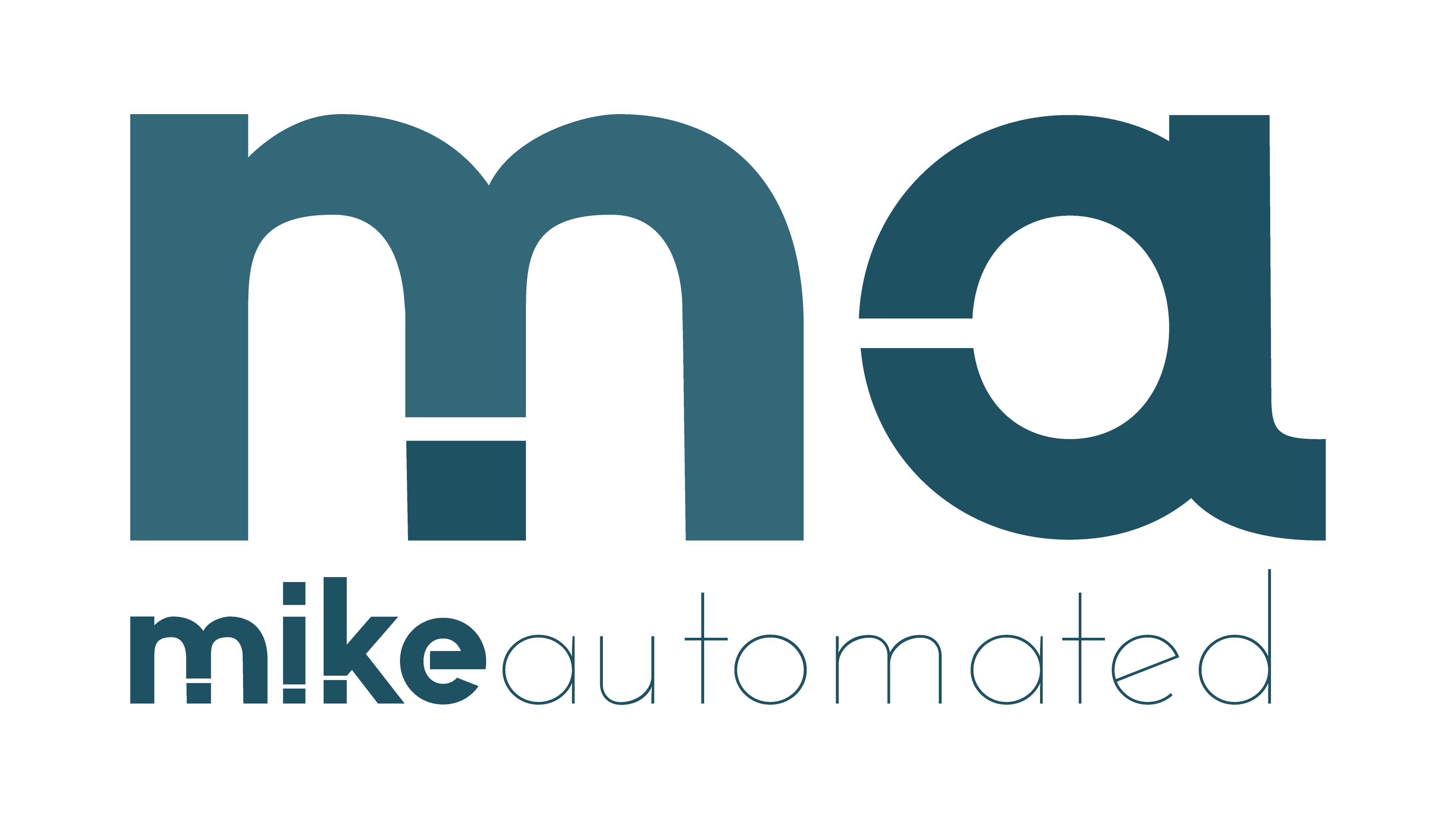TL;DR
- AI speeds up content analysis and helps align pages with user intent and search engine signals.
- AI-powered tools generate topic ideas, optimize structure, and improve readability without sacrificing accuracy.
- Balance automation with human review to protect quality signals, factual accuracy, and brand voice.
- Measure impact with clear metrics and iterate to sustain rankings and relevance.
- Visuals like charts showing signal-to-rank relationships help teams prioritize efforts.
How AI Improves Content Optimization for Search Engines is a practical guide to using artificial intelligence to make content more discoverable, relevant, and engaging. The goal is to translate search engine algorithms into actionable steps for content teams. By combining AI insights with human judgment, you can improve both search visibility and reader experience.
How AI Improves Content Optimization for Search Engines: Core Concepts
AI in content optimization analyzes large data signals to understand what readers want and how search engines judge quality. The core idea is to align content with search intent and the ranking signals that engines use. This involves reading queries, evaluating content quality, and prioritizing topics that match user needs.
Early AI tools focused on keyword matching. Modern AI goes beyond that. It uses models that understand context, semantics, and entities. When you apply this to content optimization for search engines, you craft pages that answer questions, explain concepts clearly, and guide readers toward actions. You can think of AI as a companion that helps you map topics to user goals while preserving your voice and accuracy.
As you adopt AI, you should track both search performance and reader satisfaction. AI can surface long-tail opportunities, surface content gaps, and suggest improvements to structure and length. The result is content that ranks for a broader set of queries and stays useful over time. This approach relies on semantic understanding—an area where machine learning in SEO and semantic search optimization play a major role.
What AI Brings to On-Page and Content Strategy
AI enhances on-page optimization by ensuring that every element aligns with human intent and search engine expectations. It helps with title tags, headers, meta descriptions, and internal linking, all while maintaining readability. The goal is not to cram keywords but to weave them into meaningful, helpful content.
Two key capabilities stand out. First, topic modeling groups related queries and topics into clusters. Second, entity-based analysis links key concepts in your content to known topics in your niche. Together, they help you build a cohesive set of pages that cover a subject comprehensively. You can see this as How AI Improves Content Optimization for Search Engines turning a list of keywords into a structured topic map.
AI also helps improve content quality signals, including accuracy, originality, and depth. It can flag factual inconsistencies, suggest authoritative sources, and prompt updates when new information emerges. This keeps your content trustworthy, which search engines reward with better rankings and stronger relevance signals.
LSI and Long-Tail Coverage
In practice, AI identifies LSI keywords and long-tail phrases that users search for but that aren’t obvious from the primary keyword. For example, a page about content optimization might also address how to optimize for user intent, core web vitals, and topic authority. Including these terms helps search engines understand the page’s breadth and relevance.
To keep this natural, integrate LSI terms into subheads and paragraphs where they fit. This improves semantic density without sacrificing readability. A well-balanced approach uses the primary keyword in moderation and lets related terms reinforce the topic.
Practical Steps to Implement AI in Content Optimization
Follow a clear workflow to apply AI without overwhelming your team. The steps below balance automation with human oversight and are designed to optimize for How AI Improves Content Optimization for Search Engines in real-world projects.
- Define your goals and audience. Clarify which queries you want to rank for and what user actions you want on page, such as signups, downloads, or reads. Start with a baseline content audit to identify gaps and opportunities. For guidance, see our content-audit-guide.
- Run an AI-powered content audit. Use tools that analyze page quality, structure, internal links, and keyword distribution. Look for pages with high bounce rates or low dwell times and flag where the topic coverage is shallow.
- Map topics to clusters and intent. Build topic clusters that link pillar pages to related subtopics. This improves semantic coherence and helps engines see your site as a reliable source for a topic. Consider a content-map chart to visualize clusters and connections.
- Generate and refine headlines. Let AI propose multiple headline variants that include the primary keyword naturally. Test for clarity and click-through potential. Ensure all options remain accurate and on-brand.
- Optimize on-page elements. Update titles, headers, meta descriptions, and alt text to reflect both user intent and accessibility. Include the primary keyword in a natural way and weave in LSI terms where fitting.
- Improve content depth and accuracy. Add examples, case studies, and data citations. Use AI to surface missing information, but have a human reviewer verify factual claims and sources.
- Enhance structure and readability. Use short paragraphs, descriptive subheads, and scannable lists. Keep sentences concise and avoid jargon when possible.
- Integrate internal links. Link related articles and guides to create a network of content that supports topic authority. Internal linking helps distribute page authority and improves crawlability.
- Measure impact and iterate. Track changes in rankings, organic traffic, dwell time, and conversions. Use A/B testing for headlines and meta descriptions where feasible.
As you implement these steps, remember that How AI Improves Content Optimization for Search Engines hinges on balance. AI handles data at scale, but human judgment ensures tone, accuracy, and brand voice remain consistent.
Structure and Semantic Optimization: Why It Matters
Structure is a signal engines use to judge content quality. AI helps enforce a logical hierarchy that mirrors reader expectations. Start with a clear topic hierarchy in your headings and keep paragraphs concise. Subheadings should reflect the question or intent you address, such as how to optimize headings for search or why content quality signals influence rankings.
Semantic optimization goes beyond keywords. It links concepts with entities and related topics. This approach improves content discoverability when users search for related ideas or synonyms. By aligning with semantic search principles, you create pages that satisfy broad intents rather than a single query.
Practical Example: A Blog Post About Remote Work
Imagine you publish a post about remote work productivity. Your AI-assisted plan would cluster topics like time management, collaboration tools, and remote ergonomics. The AI suggests long-tail questions such as best remote work practices for developers or how to maintain team culture remotely. You then craft a pillar page and several detailed subpages that collectively cover the subject. This approach increases internal linking opportunities and broadens your coverage for related searches.
Visualizing AI-Driven Content Optimization
Include a visual to communicate how AI affects rankings. A chart could map content quality signals (clarity, factual accuracy, depth, and engagement) against ranking changes over time. An infographic can illustrate topic clusters and intent alignment, showing how pages reinforce each other. The visual should be simple, with labeled axes and a legend that highlights AI-driven decisions. This helps teams see the cause-and-effect relationship between content changes and SEO outcomes.
Internal Links and Content Ecosystem
Internal links distribute authority and guide readers to related resources. Use AI to identify relevant connections between pages and to surface link opportunities that strengthen topic authority. For example, within an article about on-page SEO, you can link to a detailed guide on on-page SEO techniques and a case study on SEO impact. This creates a cohesive path for both users and search engines.
Measurement: How to Tell If AI Is Helping
Set clear metrics to evaluate AI-driven optimization. Key indicators include organic traffic growth, improved click-through rate, time-on-page, and reductions in bounce rate. Track ranking movements for the primary keyword and related LSIs. Use controlled experiments when possible to isolate the effects of specific optimizations. Regularly review content quality signals and adjust your strategy based on data.
In practice, you may notice improvements in search engine algorithms alignment and user engagement after implementing topic clustering and enhanced readability. The process is iterative: update content, re-evaluate, and refine. This aligns with the idea that AI-powered SEO tools can accelerate learning while humans verify outcomes.
Risks and Best Practices
Relying too heavily on automation can lead to repetitive content or missed context. Always incorporate human checks for accuracy, brand voice, and ethical considerations. Avoid over-optimization, which can harm readability and trigger search engine penalties. Keep the user first by delivering value, clarity, and trustworthy information.
Best practices include maintaining transparency, citing sources, and validating AI-generated improvements with real-world results. Use AI to surface opportunities, then confirm them with a human editor. This balance preserves credibility and sustains long-term rankings.
Conclusion: Take Action with Confidence
AI is a powerful ally in content optimization for search engines. It helps you understand intent, build topic-rich pages, improve structure, and monitor performance at scale. The key is to combine AI insights with human judgment, ensuring accuracy, tone, and usefulness remain top priorities. By doing so, you can create content that signals relevance to search engines while delivering a strong, engaging experience for readers.
Ready to begin? Start with a targeted content audit and map topics to clusters guided by How AI Improves Content Optimization for Search Engines. Experiment with AI-generated headlines, then test how readers respond. For ongoing reference, review your analytics monthly and adjust your strategy as needed. The future of SEO is collaborative between humans and intelligent tools.
Internal resource impetus: Learn more about building topic clusters in our topic cluster guide and improve your site’s overall SEO health with AI-powered SEO tools.



